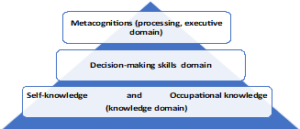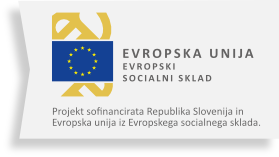Cognitive Information Career Orientation Model of Gary W. Peterson
Aim
The method helps participants to visualize all the critical areas of their life at once.
Description
TARGET GROUP
Teenagers and young adults
TIME NEEDED
1-2 hours
IMPLEMENTATION
Silent Floor (40 minutes)
Trainers defined concrete topics to be involved in the career orientation training based on this model. At the base of the pyramid model, we find the self-knowledge domain (values, interests, skills, employment preferences) and occupational knowledge (job market opportunities).
Decision-making skills and metacognition (self-reflection, self-assessment, monitoring and controlling cognitive processions) stand on these two knowledge domains.1

One of the main messages of this theory is that everyone needs to develop career-building and information-processing skills. On the one hand, this point of view helps individuals to make current decisions on career choices. On the other hand, it also develops problem-solving and decision-making competencies that can result in successful choices in the future as well.
Let’s see the levels of the pyramid in detail.
Self-consciousness bases
We can define the most significant elements of self-consciousness in the form of three questions which can be handled easily by those, too, who are less at home in psychology.
- What do I like to do? (interests)
- What can I do? (skills, competencies, abilities)
- What is important to me? (values)
The list can also be completed with the questions What am I like? and What are my characteristics? Knowledge of our personality traits is essential for conscious and successful career choice decisions. In the case of the first question, favourite activities, hobbies, classes, topics, or even series, blogs, and magazines can be evoked at the training.
As to the second question, we suggest dealing with those activities that participants are good at and do regularly. It is the right occasion to discuss the dynamic between skills and interest fields. We often experience that we prefer the activity, what we are good at, and its practice makes us more skilful. However, it can also happen that we start to like something if we realize we have a taste for it.
The discussion about the third question, namely the values, is especially important in participants’ groups as defining, shaping and strengthening own values is an essential column of identity development. It is suggested to start the discussion with general values and move towards work values (values that an individual retains essential in the case of a profession/job).
Finally, it is worth dealing with the topic of the family (traditions and patterns) that can be connected to all three previously mentioned questions. The discussion of the link between family and career orientation is a good transition point to the topic of occupational knowledge.
Occupational knowledge
This topic is suitable for revealing inner coherences of different professions and vocations:
- specific tasks to be performed if one has a certain profession/job,
- responsibilities,
- Tools and machines used during work,
- work traits (e.g. outdoor-indoor, alone-in team, determined-flexible ),
- physical and psychical requirements,
- qualification requirements,
- income and other benefits,
- work-life balance, family-friendly work etc.
If we use Peterson’s model, it is essential to remember that levels of the pyramid are built on each other and self-consciousness is at the base of the “building”. This way we discuss the topics making clear the relation between the levels.
This approach helps participants to use the information connected to different levels in decision-making situations during their career path to draw concrete conclusions such as whether they would like to have a specific job or can fulfil certain positions.
Besides the “static” aspect of career orientation, such as the characteristics of concrete jobs and the connection of the participant to that, it is also important to consider the dynamic aspects of career orientation. Dynamic aspects can be for example:
- latest changes in jobs and professions,
- education paths leading to a particular profession and their changes,
- World 4.0. and Industry 4.0: impacts of technology development on society and the labour market,
- disappearing and appearing professions.
When discussing occupational knowledge, it is helpful to include the grouping of professions according to interest types (J. Holland) and work values represented by different professions.
When choosing a profession, it is a good starting point to identify personal interest type with the use of tests (for example, the multiple intelligence test of Garnder) and think about hobbies and favourite activities, and after that compare these findings to the tasks to be performed at the particular profession.
In the middle of shaping values and searching for identity, it is worth being aware that different professions have different work values. Harmony between own values and the work values of a profession is an essential condition for personal happiness.
Decision-making skills
Decision-making skills are at the second level of the pyramid. Career orientation is a series of decisions, a process built from occasions of choosing from various directions based on preliminary information.
Having self-consciousness and occupational knowledge gathered on the first level of the pyramid, now it is time to improve decision-making skills. This can be done by getting to know decision-making techniques and situations) analysis methods.
The following questions can be included in this level of the pyramid:
- How do I clarify what the concrete questions are?
- What information etc. do I take into consideration? What should I pay attention to?
- What helps in decision-making? What is an obstacle for me in decision-making?
Metacognition
The third and final level of the pyramid is the level of metacognition. It means thinking; in general, it means effort to be aware of what we know and doesn’t know. It is a higher-level cognition, and in career orientation, we can add further meanings to this conception:
- I am responsible for my career,
- I know what I like and don’t like,
- I know what I can do and what I would like to develop,
- I choose and plan consciously.

